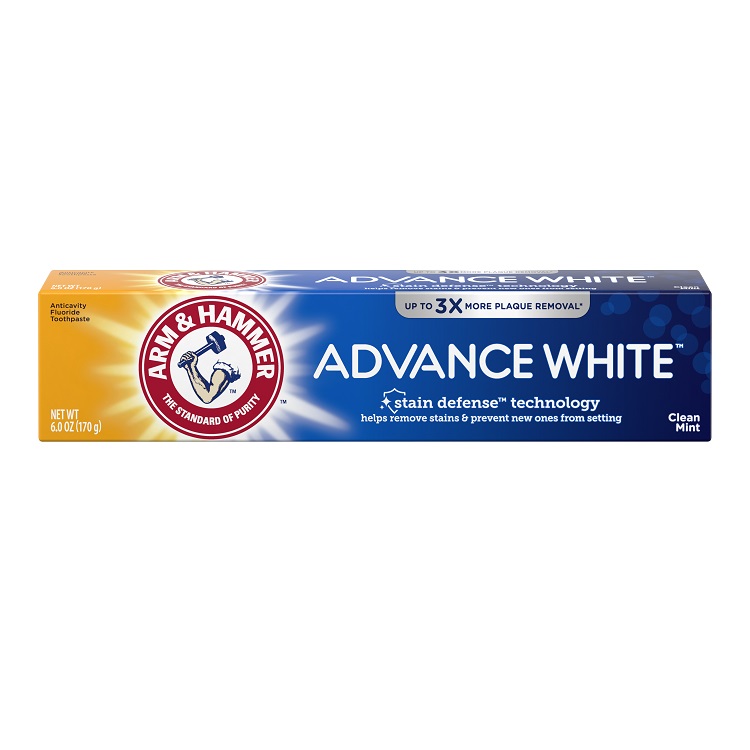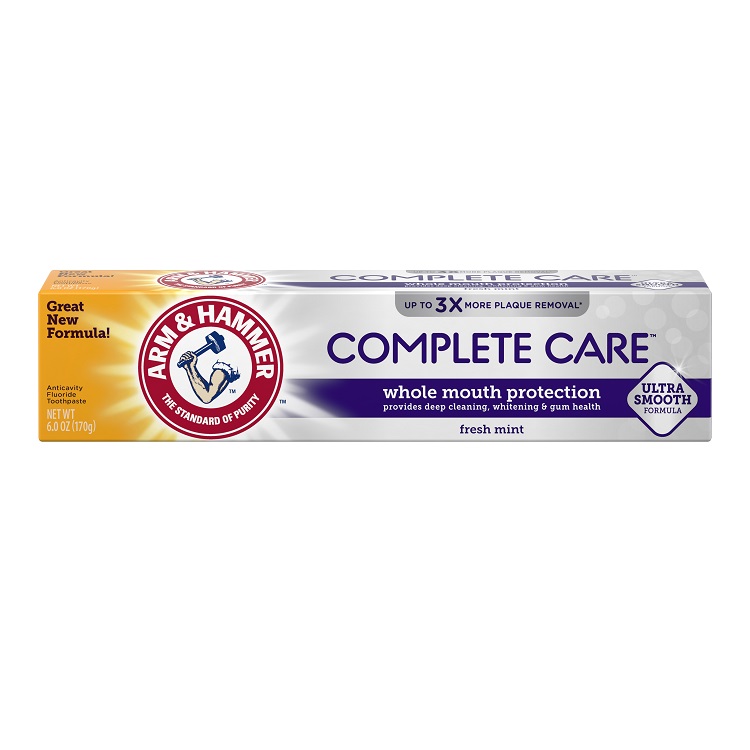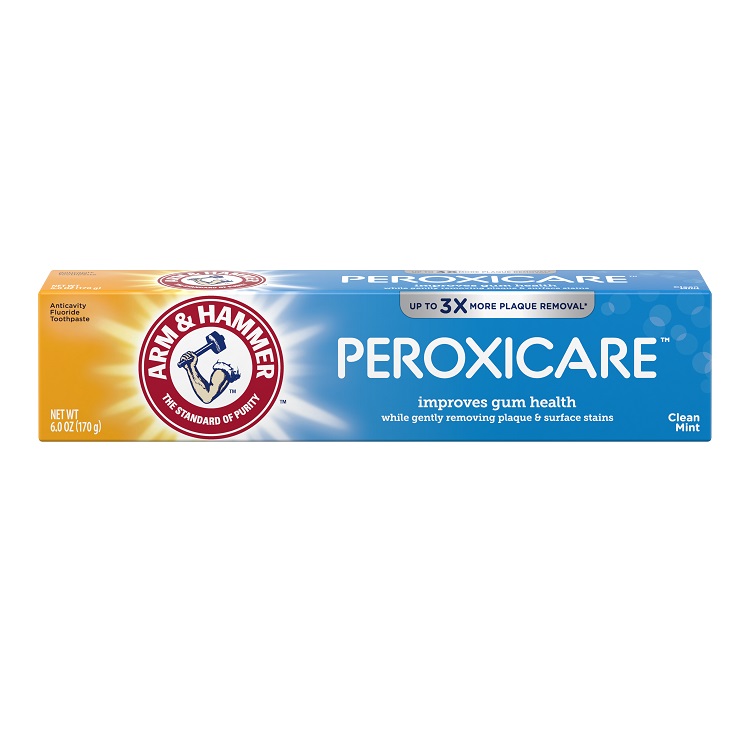The Facts You Need to Fight Plaque

You can’t see it, or taste it, but you can feel it: That slimy feeling you have when you run your tongue along your teeth? It’s plaque. No matter what you do, it is hard to completely prevent plaque on teeth — but don’t worry. You can minimize its enamel-destroying consequences when you know the facts about plaque, and how you can fight back.
What is Plaque?
Plaque is a sticky film-like substance created when bacteria, carbohydrates, and saliva come togplaque is impossible to preventether. In that sense, plaque is difficult to completely prevent because it forms naturally when you eat or drink many different types of foods and beverages.
Plaque is often colorless, but discoloration may occur because of food particles sticking to your teeth—so tooth staining may indicate plaque on teeth. Having bad breath or swollen gums may also suggest you have plaque buildup.
What Causes Plaque?
The bacteria in your mouth cause plaque by feeding on the carbs from broken-down foods, creating a sticky film. The bacteria in plaque also create acids, which can eat away at tooth enamel and contribute to tooth decay, cavities, and gum disease, as well as tooth sensitivity.
What is Tartar?
Tartar is plaque buildup that has hardened over time. Tartar can cause advanced discoloration of your teeth and increasingly bad breath.
Hardened plaque can only be removed by a dentist or dental hygienist through scraping, and it should be removed promptly. Failure to remove tartar can result in result in black tartar, or black stains along the gumline, as well as gingivitis and even tooth loss.
Although plaque is normal, it can start to build up quickly on your teeth (about 4 to 12 hours after brushing) and turn to tartar if you don’t exhibit consistent and proper oral hygiene. That’s why brushing and flossing your teeth consistently are imperative in removing plaque and helping you maintain healthy teeth and gums .
How to Remove Plaque on Teeth
While you can’t stop plaque from forming, you can take actions to help prevent it from causing issues that affect your dental health. Here are 5 things you can do to protect your teeth and gums:
- Floss every day. Do you only ever focus on brushing? You need to add flossing to your daily oral regimen. Flossing can help to loosen plaque in hard-to-reach places, which then can help make it easier to remove when you brush your teeth. For those reasons, it may be a good idea to floss before you brush your teeth in the morning. And make sure your kids are doing the same, too!
- Brush your teeth twice a day. The American Dental Association (ADA) recommends brushing your teeth twice a day for two minutes apiece with a fluoride toothpaste. You should also consider when you are brushing. For example, brushing your teeth in the morning when you wake up can help clean some of the natural, overnight bacteria buildup that happens in your mouth when you sleep. Brushing the first thing in the morning can also help boost saliva production, which can in turn help to clean off food debris when you eat. You should also brush your teeth before bed, about an hour after eating dinner.
- Use a baking soda toothpaste. Did you know that baking soda toothpastes work even harder to help remove plaque on teeth? Past research indicates people who used a baking soda toothpaste removed more plaque vs. those who used a toothpaste without baking soda. ARM & HAMMER™ Toothpastes are formulated with 100% pure ARM & HAMMER™ Baking Soda and remove up to 3X more plaque in hard-to-reach areas compared to a leading toothpaste. They’re also less abrasive** than other toothpastes, gently working to help remove plaque while whitening your teeth and strengthening your enamel. Try some of our favorites, including:
- ARM & HAMMER™ Peroxicare™ Gum Health Toothpaste helps improve gum health by neutralizing harmful acids that weaken and erode enamel. It targets plaque and set-in stains on teeth for a thorough cleaning.
- ARM & HAMMER™ Complete Care Whole Mouth Protection Toothpaste helps protect against cavities and control tartar while strengthening your enamel.
- ARM & HAMMER™ Advance White™ Extreme Whitening Toothpaste helps remove plaque and uses Stain Defense™ Technology to help gently remove stains and prevent new ones from setting.
- ARM & HAMMER™ Toothpaste Plus TheraBreath Breath Fresheners helps kill bad breath bacteria* while also working to whiten and remove plaque on teeth.
- Change your toothbrush or your brush heads every three months to ensure the bristles remain strong enough to clean away sticky plaque. While you’re at it, you should also be using a soft-bristled toothbrush, which can be gentler on your teeth and gums and help prevent overbrushing.
- Go for your regular dental cleanings. Taking the time to get your teeth professionally cleaned and looked at can give you important insights into your dental health. Your dentist can help identify or alert you to any potential problems and, if necessary, remove any tartar from your teeth.
How to Prevent Plaque Buildup on Teeth
As we’ve discussed, removing plaque on teeth is a vital piece of maintaining strong teeth and healthy enamel. And while you may not be able to outright prevent plaque on teeth, you can help reduce plaque buildup. Brushing and flossing are mandatory here, but you can also try some of the following strategies:
- Cut down on sugar and starch-rich foods. Plaque digest carbs to form acids that can damage enamel, therefore dentists advise cutting out some of the sugary foods from your diet, like sugary cereals, candy and soda.
- Eat more tooth-friendly foods. There are a few foods you can incorporate into your diet that can help fight the good fight against plaque. These might include things like yogurt, cheese, fruits, and vegetables. A more balanced diet limits the ability of the bacteria in your mouth to interact with an abundance of sugars and carbohydrates. You might also try chewing sugarless gum, which can help increase saliva production and wash away any lingering food particles.
- Work in a mouthwash. Rinsing with an antiseptic can help fight the bacteria in your mouth that can cause plaque, in addition to bad breath bacteria. Meanwhile, rinsing with a fluoride- based mouthwash can help remineralize your teeth!
Being mindful of your diet and seeking out ways to complement brushing and flossing are strong strategies to push back on plaque!
Put Plaque in its Place with ARM & HAMMER™ Baking Soda Toothpastes!
Despite the connotations, having plaque on teeth is perfectly normal. But that doesn’t mean you want the feeling of that slimy, sticky feeling on your teeth—nor should it stop you from doing your best to remove plaque!
Brushing with ARM & HAMMER™ Baking Soda Toothpastes can help remove plaque on teeth and gently remove stains so you can flash those pearly whites at will! Whether you want whole mouth protection or targeted support for whitening or freshening your breath, find the right formula for you!
*in laboratory tests
**data on file


